In Kherson, Ukraine, Russian forces have intensified drone attacks on civilians, targeting the city with what local officials call a “safari” of terror. According to a recent report by The Hill, these attacks have killed at least 150 civilians and injured hundreds more, drawing global condemnation as a United Nations commission labels them crimes against humanity.
Drone Warfare Targets Civilians in Kherson
Kherson, located along the Dnieper River, has become a front-line city since Ukrainian forces liberated 30% of the region in November 2022. Russian forces, positioned just 3 miles away on the opposite riverbank, deploy 2,000 to 3,000 drone attacks weekly across a 390-square-mile area under Ukrainian control.
Oleksandr Prokudin, head of the Kherson Regional Military Administration, told The Hill, “They are killing ordinary civil people, just elderly people, children, those who are waiting at the bus stop—they are killing them, they are taking videos of that and they are putting them online on their Telegram channels.” He added, “They are calling it a ‘safari,’ and they are just laughing at it and there is nothing we can do to combat the drones.”
The U.N. commission documented attacks in Kherson and 16 other locations, spanning a 60-mile stretch of riverfront. Drones drop explosives or execute kamikaze missions, crashing into targets to detonate. This relentless assault has reduced Kherson’s population from 500,000 to 150,000, with many residents seeking shelter in bomb-proofed bus stops and sidewalks.

Technical Challenges in Drone Defense
Defending against these drones presents significant technical hurdles. Prokudin explained that radio-electronic defense systems neutralize about 80% of the drones, but Russia constantly adapts, changing frequencies to bypass these countermeasures. Other defenses include small arms fire, shotguns, and netting to disrupt drone flight paths. However, these methods struggle against the sheer volume of attacks and the drones’ evolving tactics. Some drones drop explosives mid-flight, while others complete kamikaze runs, making interception difficult.
For drone professionals, this highlights a critical gap in counter-Drone Technology. Current systems, while effective against a majority of threats, lack the adaptability to counter rapid frequency shifts. This underscores the need for advanced, AI-driven detection systems capable of real-time frequency analysis and response.
Implications for Civilian Safety and Drone Regulation
The situation in Kherson raises urgent questions about civilian safety in conflict zones where drones are weaponized. The U.N.’s classification of these attacks as crimes against humanity may push for stricter international regulations on drone warfare. For the Drone Industry, this could mean increased scrutiny on dual-use technologies, potentially affecting manufacturers and recreational pilots. Governments may impose tighter export controls or require enhanced tracking mechanisms to prevent misuse.
Operationally, the Kherson case illustrates the limitations of current drone defense strategies in high-threat environments. Industry experts may need to prioritize developing scalable, cost-effective solutions, such as laser-based interception systems or drone-swarm countermeasures, to protect civilian populations. Economically, the demand for such technologies could drive innovation, creating opportunities for companies specializing in drone defense systems.
A City’s Resilience Amid Crisis
Despite the terror, Kherson’s residents remain resilient. Victoria Maryshchuk, a 23-year-old working in the city’s military press office, told The Hill, “After the liberation, I realized something important: A city only lives if its people stay.” She added, “If everyone leaves, Kherson will become an empty target—even a ghost. And I understand that’s exactly what the Russians want as they shell us, to make us run so they can try to come back.” Her determination reflects a broader sentiment among locals, who refuse to abandon their city despite the daily threat of drone strikes.
The Kherson crisis serves as a stark reminder of the ethical and technical challenges facing the drone industry. As warfare evolves, so must the strategies to protect those caught in its crosshairs.
Photos courtesy of Ukraine Frontline.
Discover more from DroneXL.co
Subscribe to get the latest posts sent to your email.

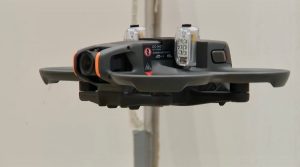
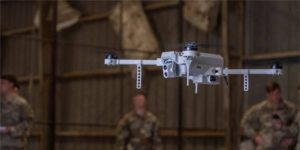



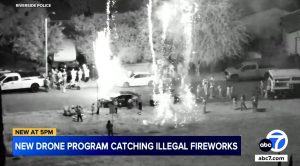

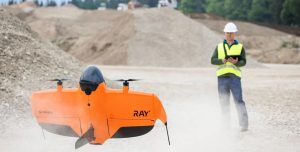
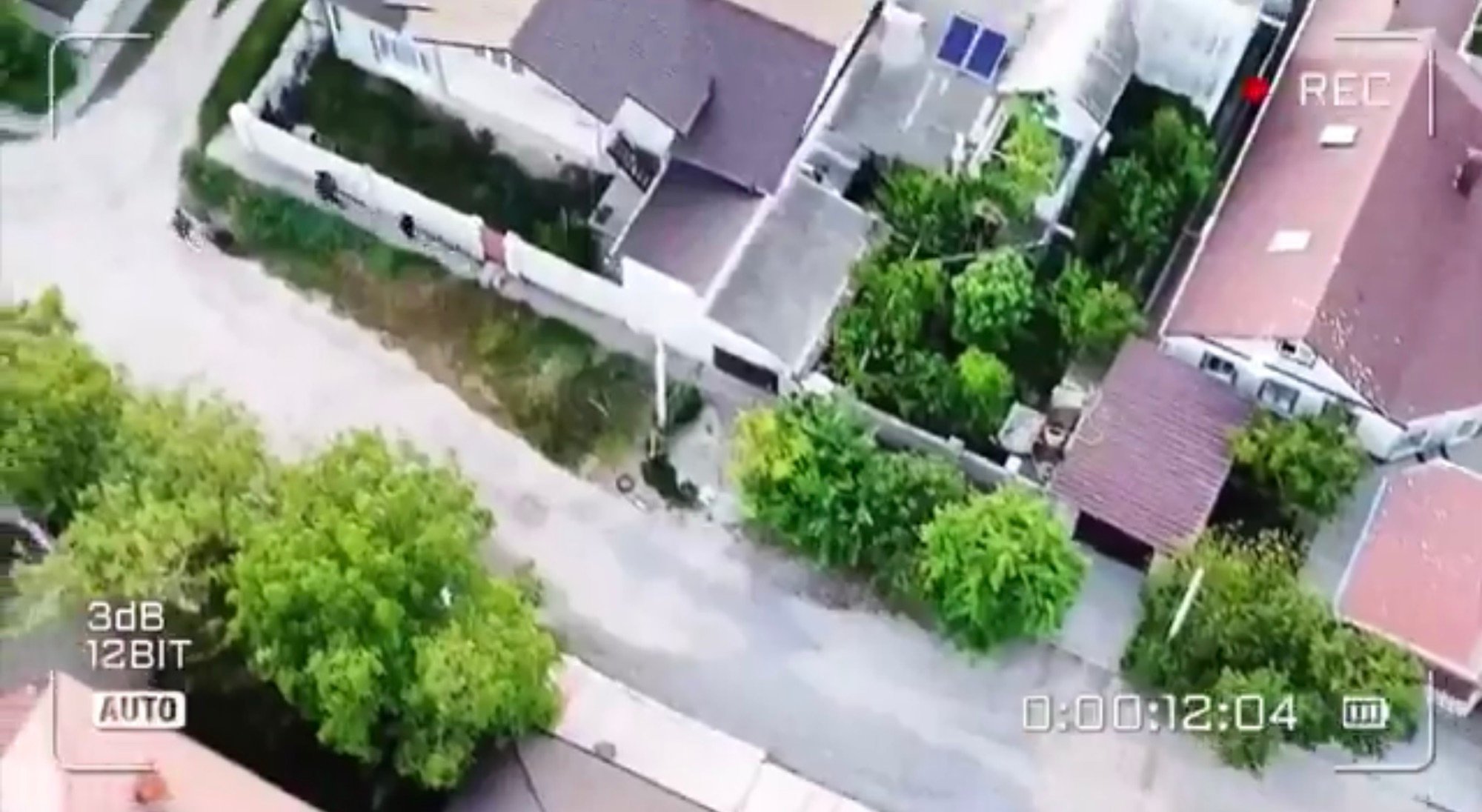

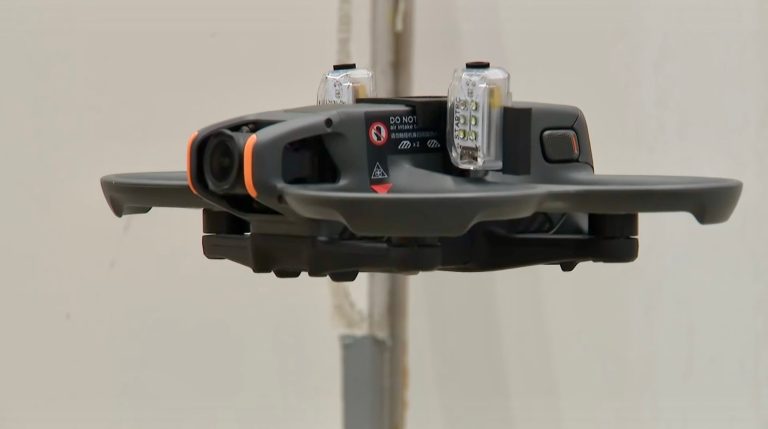



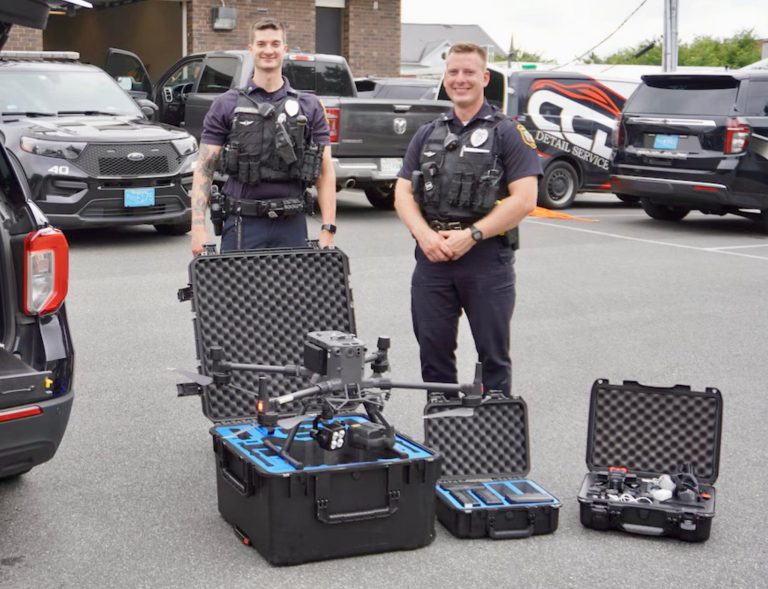
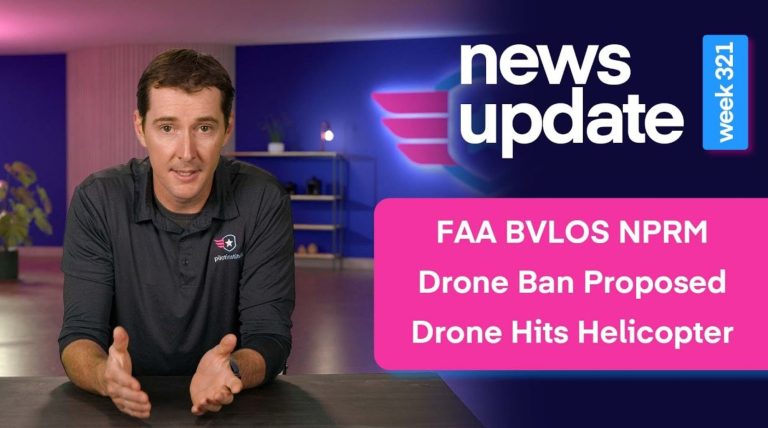



+ There are no comments
Add yours